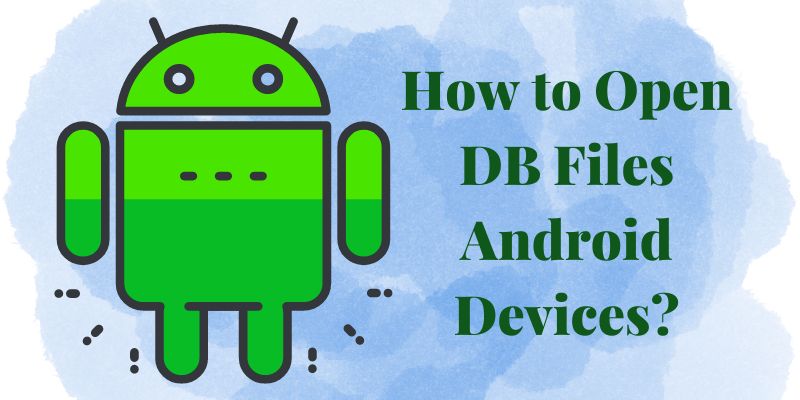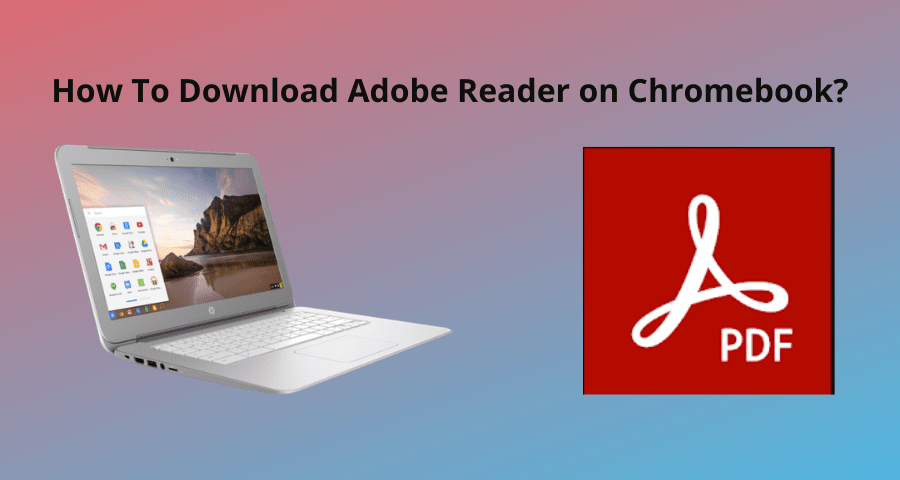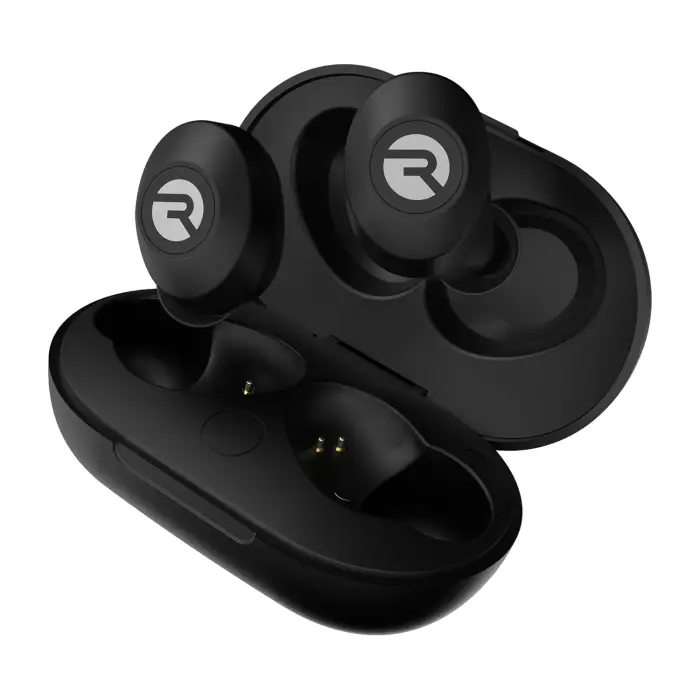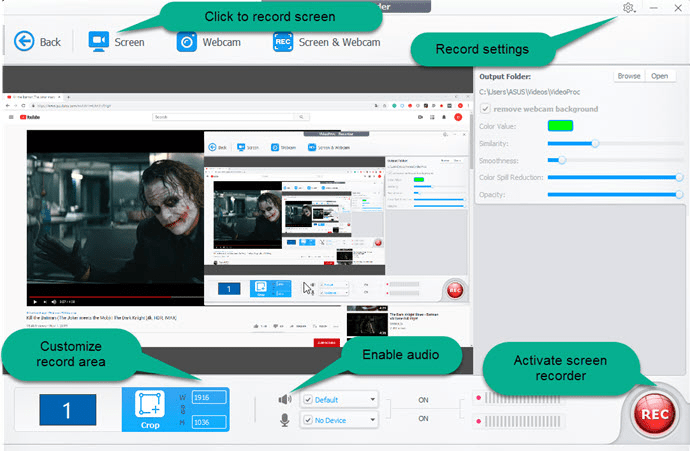How to Open DB Files Android Devices: DB files, also known as database files, store structured data on Android devices. These files are used by various applications to store information such as contacts, messages, settings, and more. Opening DB files on your Android device can provide valuable insights and enable you to access important data. In this article, we will guide you through various methods to open DB files Android devices, ensuring that you can retrieve and manipulate the stored information effectively.
What are DB Files?
DB files, also known as database files, are files that store structured data on computer systems, including Android devices. These files are used by various applications and programs to organize and manage data efficiently. DB files follow a specific format and structure based on the database system being used, such as SQLite or MySQL.
DB files contain tables, which consist of rows and columns, similar to a spreadsheet. Each row represents a single record or entry, while each column represents a specific attribute or piece of information associated with that record. DB files can store a wide range of data types, including text, numbers, dates, and more.
Applications use DB files to store and retrieve data quickly and efficiently. For example, an email app may use a DB file to store information about emails, including sender, recipient, subject, and content. Similarly, a messaging app may use a DB file to store conversations, contacts, and message content.
DB files are crucial for the proper functioning of many applications as they allow for efficient storage and retrieval of data. Understanding how to open and work with DB files can provide valuable insights and allow users to access and manipulate the data stored within them.
Methods to Open DB Files Android Devices
Let’s start to discuss the methods of open DB files Android devices, step by step details, follow carefully:-
Method 1: Open DB Files Android Devices Using a File Manager
Step 1: Begin by installing a File Manager app from the Google Play Store. Some popular options include ES File Explorer, Solid Explorer, or File Commander.
Step 2: Once the installation is complete, open the File Manager app on your Android device.
Step 3: Using the file manager, navigate to the directory where the DB File is located. This could be the internal storage or an external SD card.
Step 4: Locate the DB file you wish to open and tap on it. The file manager app will provide you with different options to handle the file.
Method 2: Open DB Files Android Devices Using a Third-Party DB Viewer App
Step 1: Visit the Google Play Store and search for a suitable DB viewer app. A popular choice is SQLite Editor.
Step 2: Download and install the DB viewer app on your Android device. Once installed, open the app.
Step 4: Using the DB viewer app, navigate to the directory where the DB file is stored. This could be the internal storage or an external SD card.
Step 4: Locate the desired DB file and tap on it within the app. The DB viewer will display the tables and records contained within the database file.
Method 3: Open DB Files Android Devices Using Android Studio
Step 1: Download and install Android Studio on your computer from the official website.
Step 2: Connect your Android device to your computer using a USB cable and ensure that USB debugging is enabled in the device settings.
Step 3: Open Android Studio on your computer and wait for it to detect your connected Android device.
Step 4: In Android Studio, click on View in the top menu and select Tool Windows. Then, click on Device File Explorer to access the file system of your Android device.
Step 5: Using the Device File Explorer, navigate to the directory where the DB file is located on your Android device.
Step 6: Right-click on the DB file and select Save As to copy it to your computer. This will allow you to open the DB file using a suitable software or viewer on your computer.
How to Upload Your DB Files on Android?
Uploading DB files on Android can be done through various methods. Here are a few common ways to upload DB files on your Android device:
Method 1: Using a File Transfer App
Step 1: Search for and install a reliable file transfer app from the Google Play Store. Popular options include AirDroid or Xender.
Step 2: Once installed, open the file transfer app on your Android device.
Step 3: Connect both your Android device and the device from which you want to upload the DB file (e.g., computer) to the same network.
Step 4: The file transfer app will guide you through the process of connecting both devices and establishing a file transfer session. Follow the on-screen instructions to complete the setup.
Step 5: Within the file transfer app, locate the DB file you want to upload. Select the file and choose the option to upload it to your Android device. The app will handle the transfer process.
Method 2: Using Cloud Storage Services
Step 1: Install a reputable cloud storage app such as Google Drive, Dropbox, or OneDrive from the Google Play Store.
Step 1: Once installed, open the cloud storage app on your Android device.
Step 2: Sign in to your existing cloud storage account or create a new one if you don’t have an account.
Step 3: Within the cloud storage app, navigate to the folder where you want to upload the DB file.
Step 4: Then, select the option to upload files, choose the DB file from your device’s storage, and initiate the upload process.
Method 3: Using Email or Messaging Apps
Step 1: Open your preferred email or messaging app on your Android device and start composing a new email or message.
Step 2: Look for the attachment icon (usually represented by a paperclip) within the email or messaging app.
Step 3: Then, select the attachment option and browse your device’s storage to locate and attach the DB file to the email or message.
Step 4: Once the DB file is attached, enter the recipient’s email address or select the desired contact to whom you want to send the email or message. Send an email or message to initiate the upload process.
FAQ’s
Q:- How can I upload DB files from my computer to my Android device?
Ans:- You can upload DB files from your computer to your Android device using a file transfer app like AirDroid or Xender. Install the app on both devices, connect them to the same network, and follow the instructions to transfer the DB file.
Q:- Can I upload DB files to cloud storage services?
Ans:- Yes, you can upload DB files to cloud storage services like Google Drive, Dropbox, or OneDrive. Install the respective cloud storage app on your Android device, sign in or create an account, and upload the DB file to the desired folder within the app.
Q:- Is it possible to upload DB files through email or messaging apps?
Ans:- Yes, you can upload DB files through email or messaging apps. Compose a new email or message, attach the DB file using the attachment option (usually represented by a paperclip), and send the email or message to transfer the DB file.
Q:- Are there any size limitations for uploading DB files on Android?
Ans:- The size limitations for uploading DB files on Android can vary depending on the file transfer app, cloud storage service, or email/messaging app you use. It’s recommended to check the specific limitations of the chosen method, as some services may have file size restrictions.
Q:- Can I upload DB files from one Android device to another?
Ans:- Yes, you can upload DB files from one Android device to another using file transfer apps, cloud storage services, or email/messaging apps. Follow the same steps mentioned earlier for uploading DB files, but select the target Android device as the destination instead.
You may also like:
What is a Meta App Manager? How to Delete it from Android?
How to Stop Blocked Numbers Leaving Voicemail on Android?
How Do You Turn Off Android Auto?
Conclusion
Opening DB files Android device can provide valuable insights and access to important data. In this article, we have provided you with three different methods to open DB files on your Android device. By using a file manager app, a third-party DB viewer app, or Android Studio, you can easily access and manipulate the structured data stored within DB files. Choose the method that suits your needs and retrieve the information you require. Enjoy exploring the contents of open DB files Android devices with these step-by-step instructions.







